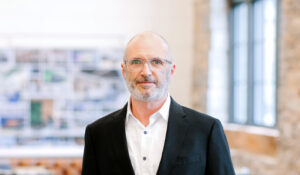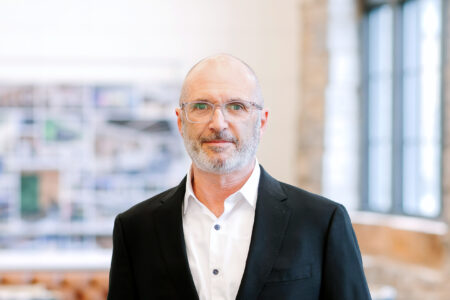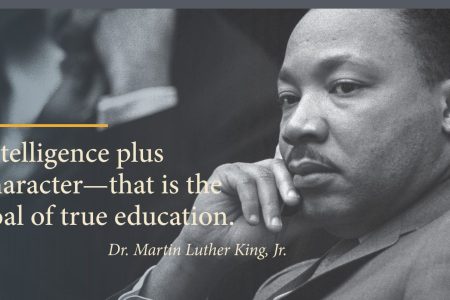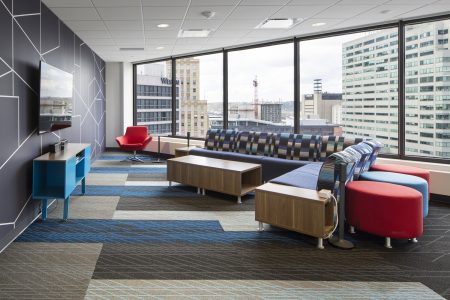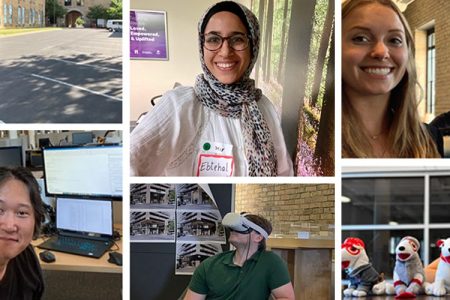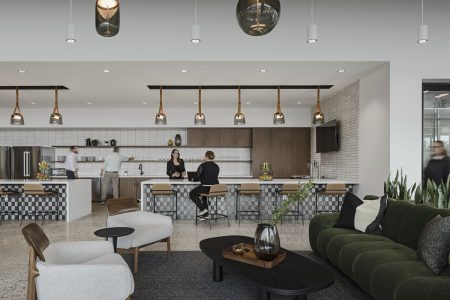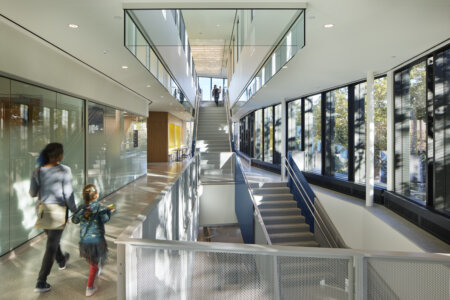Future of Architecture: Inspiring a New Generation of Designers
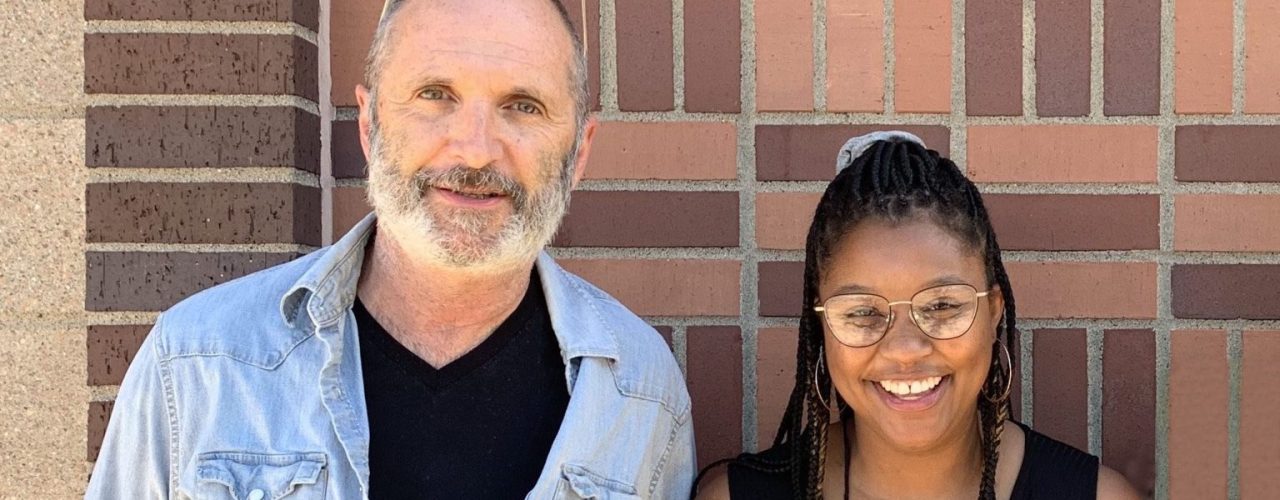
Derek McCallum AIA, LEED AP, NCARB discusses the future of architecture and RSP’s commitment to instilling design thinking in the youngest minds.
Architecture is not advancing as fast as society needs it to. Sure, things are changing, but data show that we are a very long way from the kind of diversity in the profession that accurately and fairly mirrors the world around us (see: AIA Membership Demographics). Step into any practice in the country, large or small, and the practitioners will likely all have the same two refrains: a practice should reflect the community it serves; and the greater the diversity of people who sit at the table, the richer, more creative and more engaging are the ideas that will be sparked.
In a profession that’s ultimately about continuously improving how our built environment works for all people, there’s no doubt we’re missing important perspectives and voices to support the future of architecture. Even with the best of intentions, it’s difficult to claim that we design for everyone—and everyone can at least participate in the process of design—if the industry continues to be driven by the same power structures.
If we can all agree that we need a broader, more diverse pool of architects entering the profession, how do we get there? Perhaps we start by looking further out and finding ways to interact with a cohort of students that may not often be exposed to information about architecture or be invited to explore design—students who may not even realize that either is a potential and viable trajectory for a future career.
A Path to the Future of Architecture
Over the last year, RSP has been working directly with Summit Academy OIC here in Minneapolis on a new type of program for teens. At Summit, like many schools with a similar mission, most of the courses are targeted at young adults entering the workforce, focusing on the type of technical training that leads directly to a job. Our Design Studio program asks students to think in a different way, sharpening the way they perceive their environment and engage with their communities. By setting aside the transactional nature of traditional skills training (“Learn how to do x and you can get a job doing y.”), we give them a different lens with which to see the world, a different set of tools, and a different language to express their ideas.
We consciously avoided the career-day obvious (“Hey, kids, this is what architects do.”) and pushed for skills around creative problem solving—addressing the social currency of the built environment. How do we make safe urban spaces, places that resonate with and foster a sense of community and context? How do we progress the ideas swirling around a kid’s brain and translate them into real, tangible solutions? We wanted the students to dream big for their communities, to reinforce the notion that all ideas are valid, and to expose them to (and let them tinker with) the tools required to do that work.
All of this was possible thanks to Summit, of course, but the Best Buy Teen Tech Center and the Northside STEM District were essential to the equation as well. Recognizing that technology drives so much of what we do, from 3D modeling with SketchUp to immersive experiences through virtual and augmented reality applications, as well as the marvels of 3D printing, these resources empower aspiring architects and designers to shape the future of architecture.
Our First Design Studio
The first Design Studio (a second is planned for early 2022) stretched over eight weeks this past summer with a small cohort of middle school and high school students. Because this was a “drop-in” program, the students weren’t required to be there each week, so we knew we had to create a curriculum that didn’t follow a typical linear course. We centered everything around hands-on learning, utilizing the latest software and toolsets we use in our own practice, and let them dive right in.
Most of the students arrived with an aptitude for gaming and the tech-literacy that comes with that. Games like Minecraft and Roblox are almost second nature to this age group, and we made every effort to seize on their interest to show them the implications for their own design process. Throughout the course, we used VR, Augmented Reality, and 3D printing to amp up the tool quotient and present a window into the infinite and sometimes magical possibilities of design and technology. But we also relied on old-school paper modeling in some assignments to showcase the real-world challenges of gravity (“Your structures have to stand up.”) and confirm the reality of three dimensions—concepts easily fudged in a virtual universe.
Early on, we decided to break each two-hour session into smaller activity modules, often with breaks in between, which helped keep minds focused and sharp. That sharpness was critical. Our plan: from day one, students strap on VR headsets to experience the power of immersive, high-tech design tools and see real-life applications for more than gaming environments. And key: everyone leaves the first class with laptops installed with the latest design software-no small incentive for youth who may lack access to technology at home.
We devised a final project—the design of a community icon in North Minneapolis—that would drive home the impact of creative thinking in their own neighborhoods and explore how architects might address such a challenge. As part of the assignment, we introduced a few rudiments of design (scale, context, materiality) and the how-to’s of various tools, but, essentially, we stood back and allowed them independence in the discovery process.
Our goal was not to get every student aching to become an architect. Rather, we wanted only to pique their interest and show them the power and impact of their ideas. What we didn’t expect was just how much they would knock us out with their creativity, curiosity and skill-sets.
If this is the future, we’re in good hands.
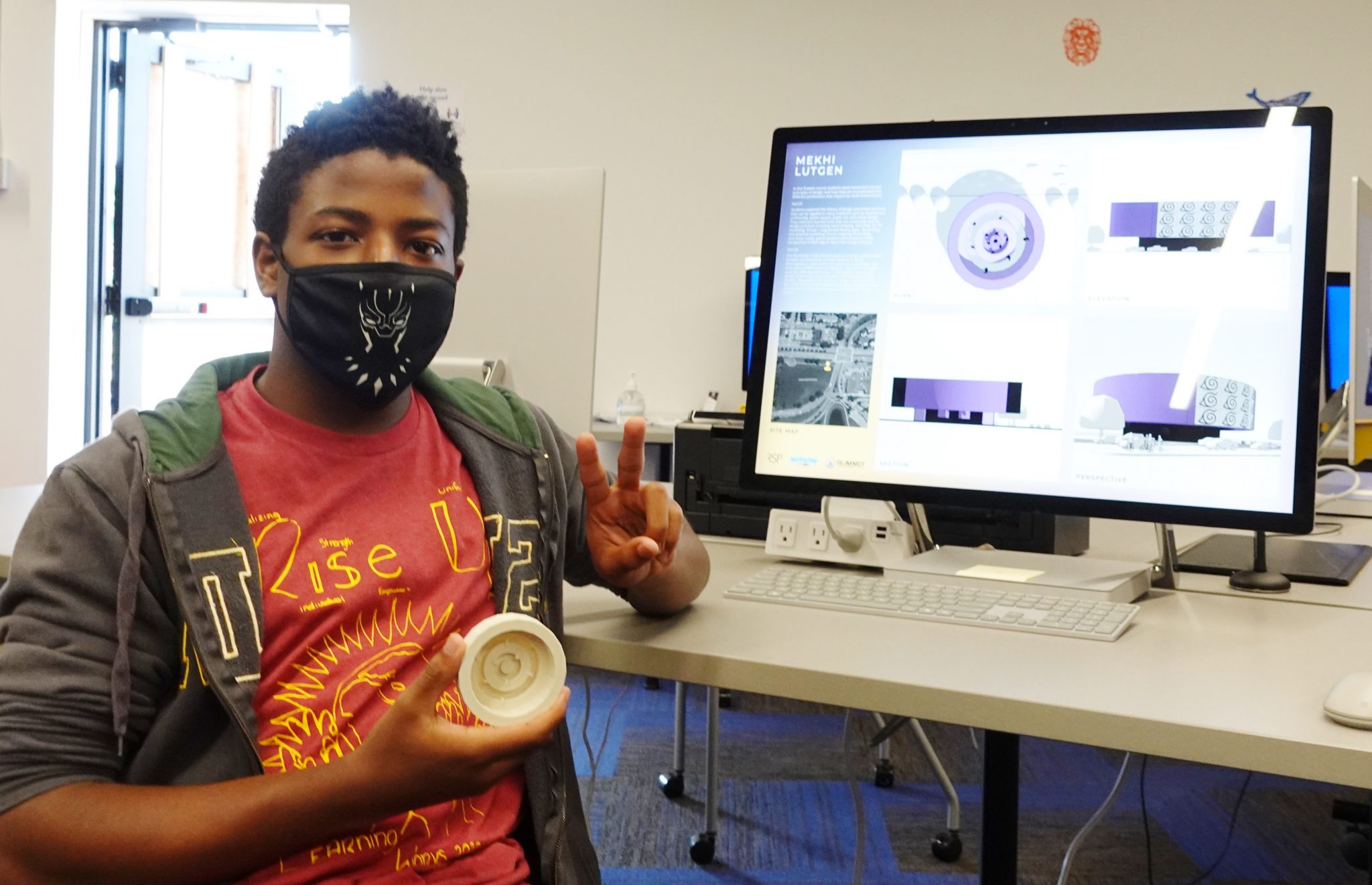
Making Design Relevant
As the course progressed, the students heard from various guest speakers, including 4RM+ULA architect Nathan Johnson, AIA, co-recipient of the AIA Minnesota Gold Medal. In Week 2, James Wheeler, an instructor in the Dunwoody College of Technology architecture program, led a field trip into the local neighborhood, asking students to observe, photograph, and sketch their community with keen attention to its patterns and experiential qualities—just as an architect would in analyzing context, local building stock, indigenous materials, and vocabulary.
To be honest, the first class was a challenge. Some of our students barely wanted to be there. And attention spans, even among adults, are not what they used to be. But, over time, the students grew more and more engaged, and the ideas flowed.
We ended the class with a short survey to help us refine future curricula. We asked the students what they came away with and if they felt comfortable about architecture or design as a career path. One said, “I learned about engaging with the community and how to develop an idea from start to finish.” Another said, “I learned that even outside-the-box designs can fit in a neighborhood, based on its purpose.” It was truly a gratifying and humbling experience to help our students see the world in a new way.
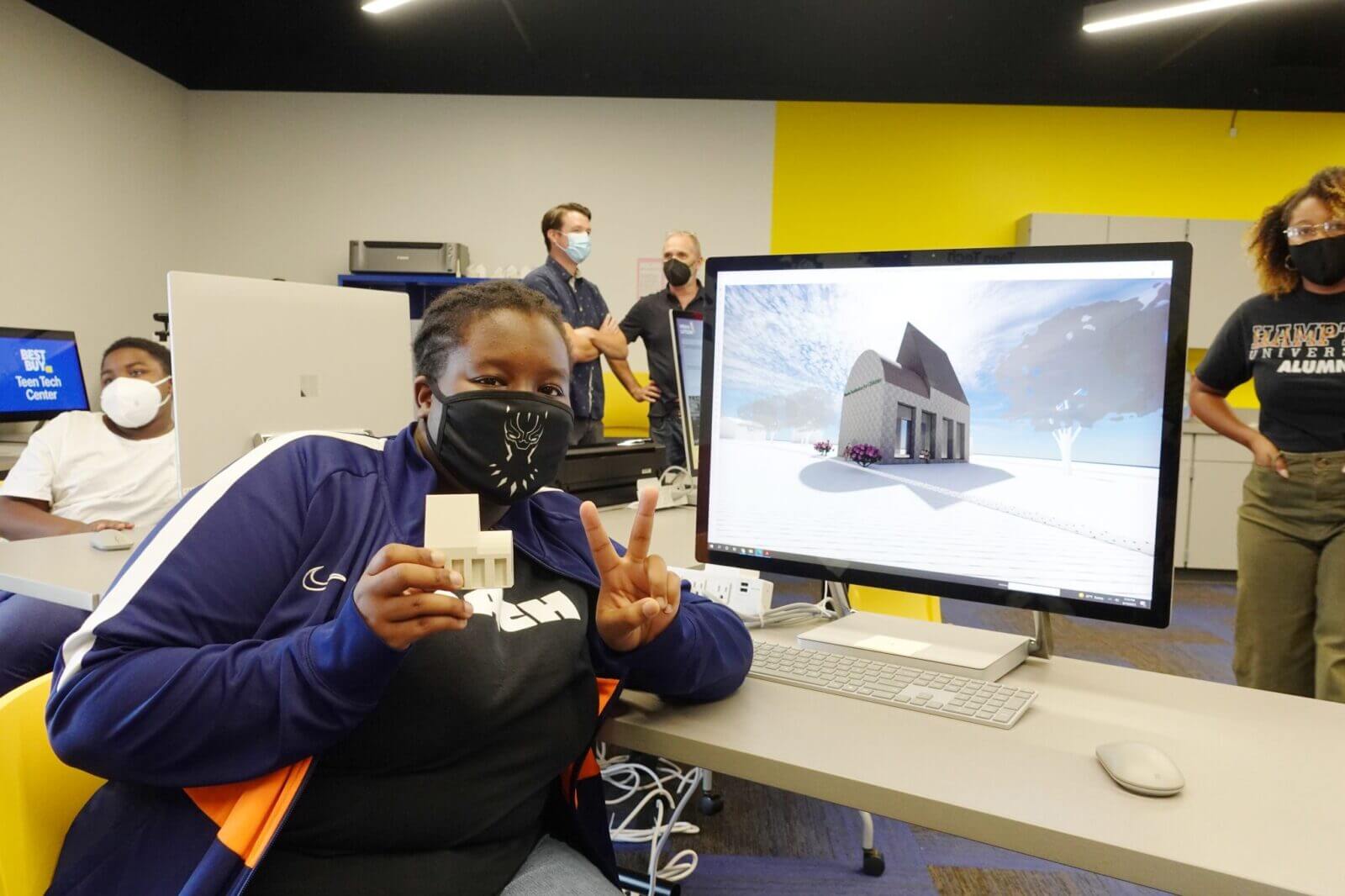
Here’s to the Next Generation
Big change won’t happen overnight. This was a cohort of just 10 students, all of whom have yet to complete high school. But we hope that at least some now have the confidence to use their natural abilities and knowledge to pursue a career in architecture or design, or at least connect their new skills to other areas of study.
For our part, in addition to working with Summit, RSP also participates in the Step Up program. One of our former Step Up interns is now in the University of Minnesota Architecture program and, without a doubt, there will be many more success stories like this in the future. There have to be. The future of architecture depends on it.
So, yes, we’re playing a long game. It’s absolutely crucial to a more equitable version of our profession.
We have all had those formative, epiphanies in childhood and into high school that showed us something about ourselves and our world and the potential within us to make it better. Of course, not all students exposed to design thinking will catch the fever become architects. But, it is our hope that by exposing young people to ideas and opportunities that they might not otherwise touch, and if we can reach those who have a natural aptitude for design, we stand a chance of welcoming a new, much more diverse generation into the fold. In the end, a more diverse group of voices and perspectives will only yield better buildings, better cities, and better communities.

